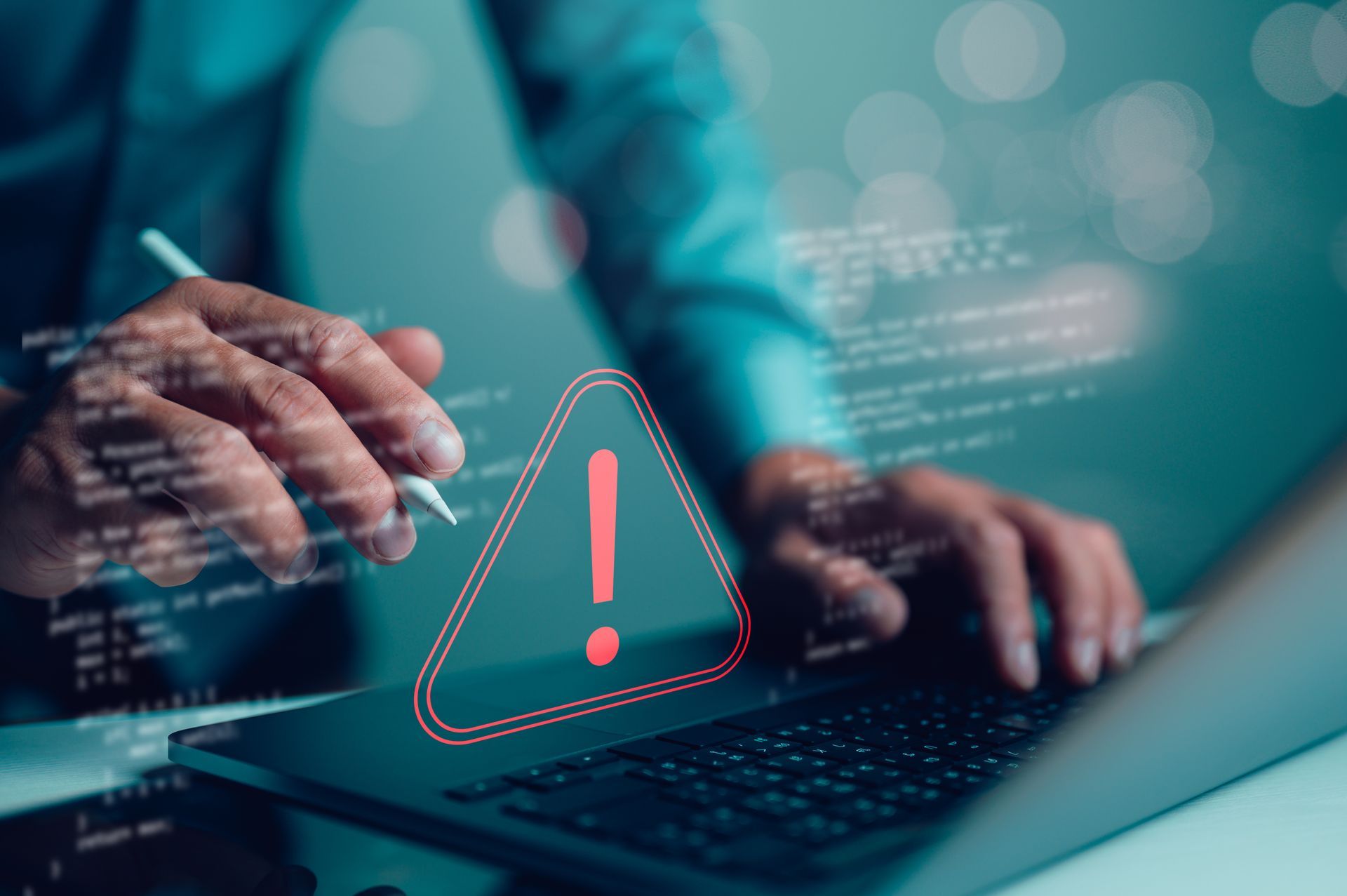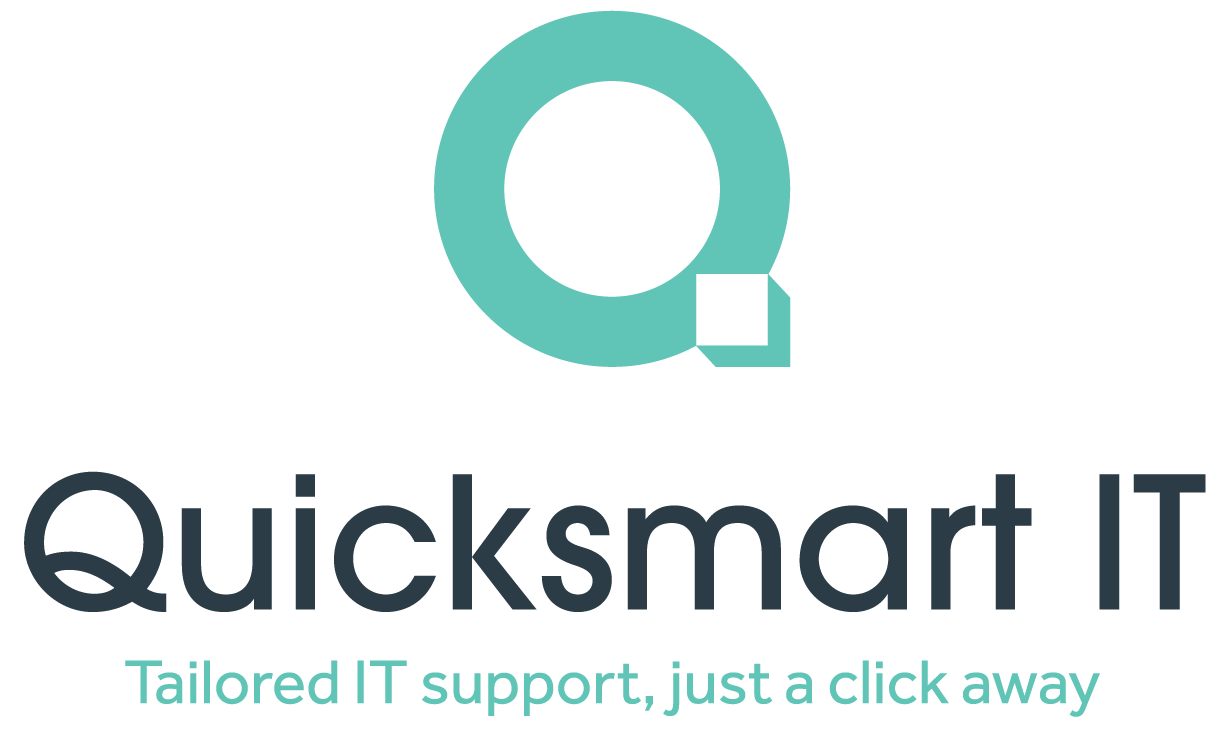The Google & Apple Crisis
This week, cybersecurity researchers uncovered a colossal dataset: 16 billion login credentials referencing platforms like Google, Apple, Microsoft and more, all stolen via infostealer malware. Though neither Google nor Apple was directly hacked, their customers’ credentials landed in the hands of cybercriminals. The breach is a stark reminder that your credentials can be stolen long before any compromise becomes public.
Why Prevention Is Better Than Cure.
Once credentials are exposed, attackers can launch mass account takeovers, phishing scams, identity theft, even financial fraud, and victims often have just hours, or even minutes, to stop the damage.
Weak Passwords Are a Ticking Time Bomb
This dataset mostly came from infostealer malware, which can harvest reused and weak passwords. If your staff/users recycle passwords, they’re creating an easy path for attackers to breach multiple services at once, but there are multiple ways we can help you protect yourself and your business.
STEPS EVERY ORGANISATION SHOULD TAKE
Unique Strong passwords
Prevents cross-site credential reuse the most common hacker trick.
Multi-Factor & Passwordless
Adds layers beyond passwords e.g., SMS, authenticator, or passkeys.
Endpoint Detection & Patching
Blocks infostealer infections at source.
Credential Leak Monitoring
Alert teams the moment credentials appear on underground forums.
How Quicksmart IT Can Help Your Businesses Stay Safe
At Quicksmart IT, we offer tailored cybersecurity solutions that stop breaches before they cripple your business.
🔐 Endpoint protection & monitoring: we deploy advanced, real‑time endpoint solutions across all devices, detecting infostealer malware before it can steal credentials.
🔁 Secure password & identity management: our password manager and passkey tools ensure employees never reuse weak credentials and enable seamless MFA adoption.
🧰 Managed security services: from patching to security audits and network hardening, our Cardiff‑based team proactively monitors your systems 24/7.
📡 Credential leak alerts: we scan dark‑web sources continuously. The moment an employee’s email or corporate login shows up in a leak, we notify you, with next‑steps to neutralise the risk.
🧠 Cybersecurity training for staff: our hands‑on support sessions teach your team to spot phishing, deploy MFA, and stay cybersecurity smart, minimising human‑error risks.
By taking these steps before hackers strike, Quicksmart IT can help your business avoid the costly and brand‑damaging aftermath of data breaches.
Don’t wait for the breach, get ahead of it.
Contact Quicksmart IT today for a free cybersecurity health check. We’ll review your password hygiene, email security, endpoint protection, MFA, and incident readiness, then deliver a clear, tailored plan to help keep your business safe.
As this week’s Google/Apple credential leak shows, everyone is a target. But with proactive defence, we can help your businesses stay one step ahead and sleep better at night.





